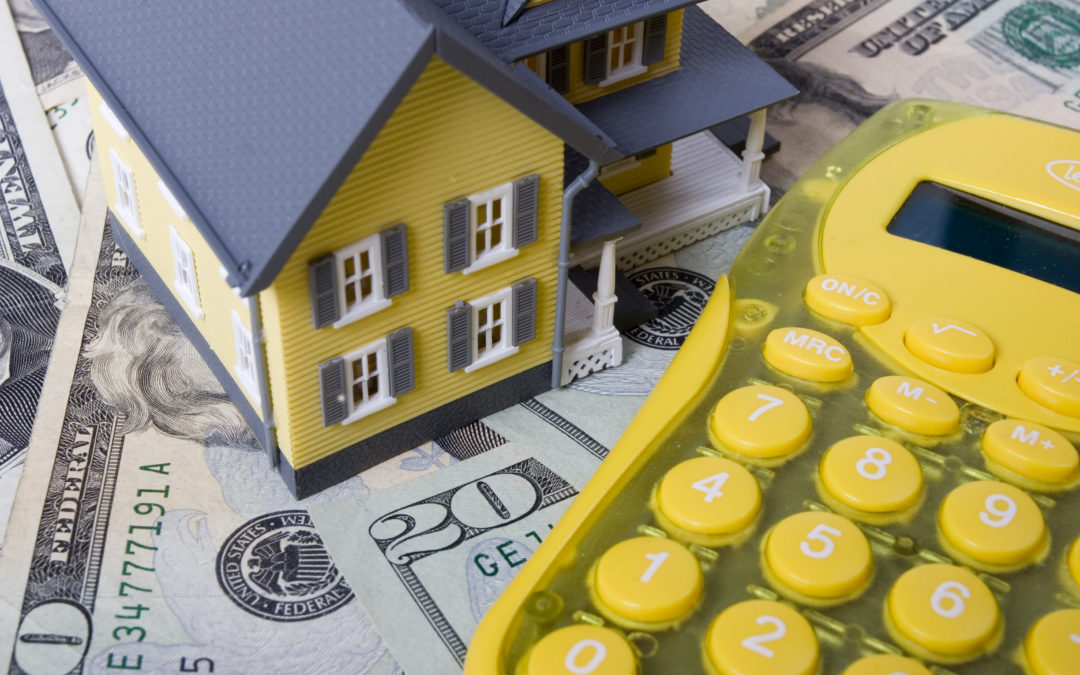Are you buying or selling a home? If so, you’re going to need residential escrow services to secure the transaction. Let’s review the main steps of the residential escrow process so you know what to expect. Read on to learn more.
List of Contents
Open Your Escrow Account
After a price is agreed upon, the buyer’s real estate agent will collect what is referred to as earnest money. This is a smaller deposit that is later applied to the down payment. It’s essentially a “good faith deposit” that demonstrates that the buyer is serious about moving forward. The real estate agent takes this earnest money and places it in a residential escrow account. This account is managed by a neutral party who doesn’t have a vested interest in the buying or selling of the property. It’s not until all of the conditions of the contract are met that the sale is finalized by the escrow company.
Waiting for the Lender’s Appraisal
The mortgage lender will need to schedule their own appraisal of the property as well. Typically, it’s the buyer who pays for this service. An extra appraisal can cause some anxiety because the lender will withhold financing if they determine the property is worth less than the offered price. In this case, the buyer would need to come up with cash to cover the difference, try another lender and appraisal, or walk away. Of course, another option is for the seller to lower their asking price to match the lender’s appraisal value.
The financing contingency is removed from the agreement once a loan commitment is documented in writing.
Reviewing Seller’s Disclosures
Next, the buyer will receive a list of written disclosures that were identified by the seller. The buyer may or may not be aware of these issues, so they need to sign off on them.
Schedule a Home Inspection
A professional home inspection costs a few hundred dollars, but it’s important to check for things like pests, and environmental concerns, as well as dangerous or expensive defects to the property. Note that if a listing is being sold “as is,” the buyer won’t be able to negotiate a lower price based on this inspection. The buyer can either opt to take on additional costs to fix these issues or choose to withdraw from the sale.
Homeowner’s Insurance
As you can see, there are quite a few steps before residential escrow can be wrapped up. The buyer will also need to purchase homeowner’s insurance.
Title Report and Insurance
During this phase, a title report is required to make sure there aren’t any liens on the property, and that the seller has legal rights to the property. A lender will require this step. The corresponding insurance protects both the buyer and the lender in the event that the title search misses anything.
The Final Walk-Through
Most buyers plan a final walk-through before the residential escrow process is finalized. This is mainly to verify that no new damage has occurred and that any agreements, like updated flooring, etc., have been completed before the sale.
Closing Residential Escrow
Just before closing escrow, the buyer will receive a final statement of loan terms and closing costs to review. They will check for mistakes or unexpected fees. On the day of closing, both the seller and the buyer will have paperwork to sign. These forms vary from state to state. Once everything is carefully reviewed and signed, the escrow agent can then prepare a new property deed for the county recorder. The buyer and lender both fund the escrow account to cover the remaining costs of the home sale.
When You Need Residential Escrow Services
For an escrow team that works as hard as you do, contact us at Bay Area Escrow Services by calling (925) 831-9099. By choosing our company, you’re safe-guarding your investment. We handle and specialize in both commercial and residential escrow services. Schedule an appointment today by clicking here.

